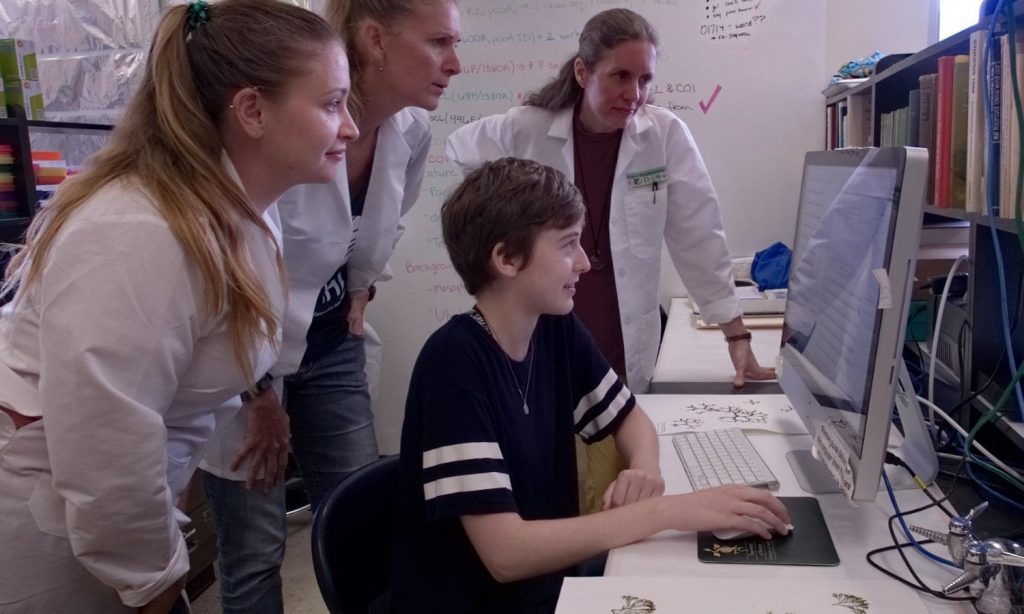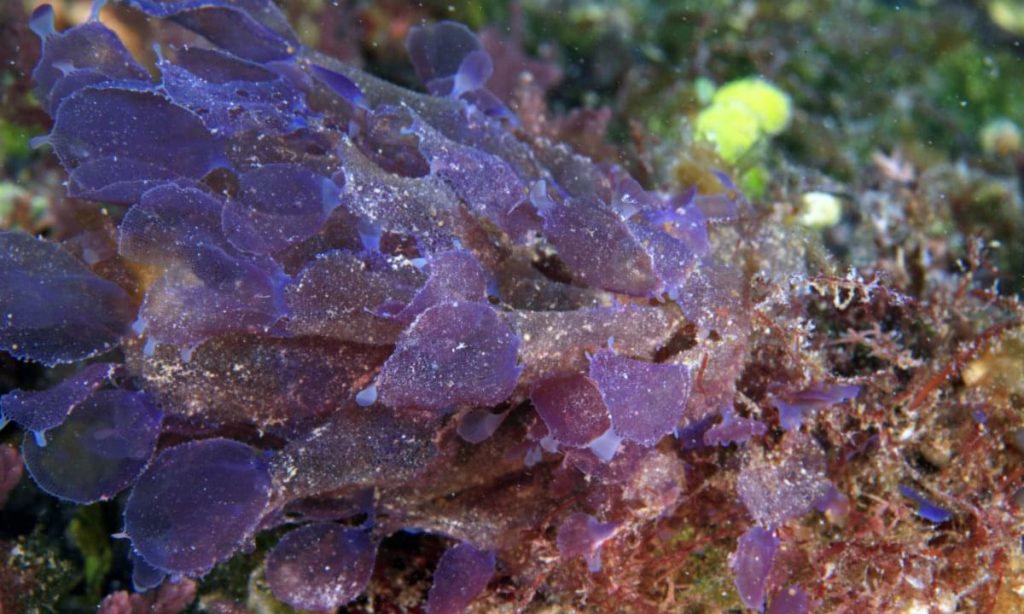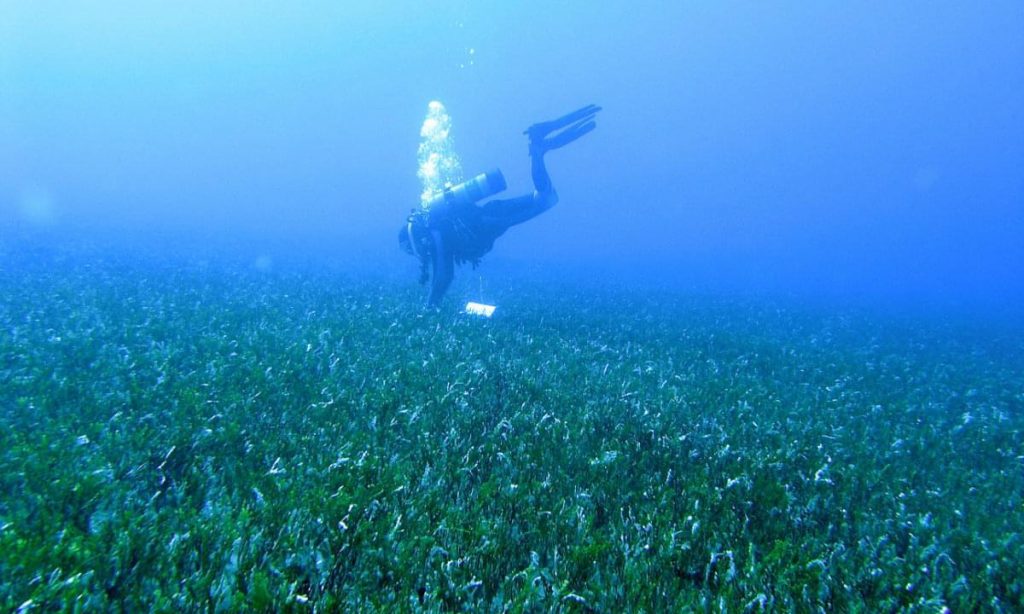STUDY: New Limu Species Revealed in Hawai‘i’s Deep Waters
The University of Hawai‘i at Mānoa released a new study on Hawaiian limu reveals that some are only found in deep, dimly lit waters. Limu, or algae, are photosynthetic protists with a myriad of uses, from food and food additives, to cosmetics, paints, toothpaste and biofuels.
A team of researchers from the University of Hawai‘i at Mānoa, Bishop Museum, and the Western Australian Department of Parks and Wildlife were awarded $792,021 by the National Science Foundation (NSF) to describe the new species of limu, or marine algae, from Hawaiʻi’s deep waters. They anticipate the description of more than 60 new species of limu, and many new records for the Hawaiian Archipelago.

PhD student Rachael Wade, PI Heather Spalding, REU student Mary Wade, and PI Alison Sherwood. Courtesy photo
“This is one of the most extensive studies of mesophotic (existing in low light) algae to date,” said Alison Sherwood, a UH Mānoa professor in the Department of Botany and principal investigator of the grant. “We have nearly 2,000 specimens of limu collected from 100 to more than 600 ft. deep across the entire Hawaiian Archipelago. This will redefine our understanding of limu diversity in Hawai‘i and will aid understanding of floras across the entire Indo-Pacific.”

A new species of the red alga Martensia collected from 62 m (203 ft) at French Frigate Shoals. Courtesy photo
These deep limu specimens were collected from mesophotic coral ecosystems, or coral reefs at depths of 30- to 150-plus meters (100- to 500-plus ft.). These areas are among the most poorly explored of all marine ecosystems on Earth. Deeper than conventional scuba divers can safely venture and shallower than most submersible-based exploration, these reefs represent a new frontier for coral-reef research.

A mixed assemblage of macroalgae from 58 m (190 ft) depth at Lisianski, Northwestern Hawaiian Island. Courtesy photo
The limu collections are from the entire 2,590-kilometer (1,600-mile) extent of the Hawaiian Archipelago, from Kure Atoll to the Big Island of Hawai‘i. Technical divers using closed-circuit rebreathers, open-circuit SCUBA and the research submersibles Pisces IVand V were used to collect the algae. The collections were supported by NOAA’s National Centers for Coastal Ocean Science, Papahānaumokuākea Marine National Monument, Coral Reef Conservation Program, Office of Ocean Exploration and Research and the Hawai‘i Undersea Research Laboratory. With the support of the National Science Foundation, the researchers will use a combination of DNA techniques and anatomical studies to describe these new species.
“The limu form beds and meadows in this deep, blue water, and some appear to form habitat for fish and invertebrates,” says Heather Spalding, a co-principal investigator on the NSF grant. “These new species aren’t just tiny fuzz on the reef—they’re huge blades of brightly-colored red, brown and green limu. It’s like a garden down there, with new species poking up around every reef. We’re just on the tip of the iceberg in terms of understanding algal diversity in the mesophotic.”

A new species of the brown alga Sporochnus from 96 m (315 ft) depth at Lisianski, Northwestern Hawaii. Courtesy photo
The project will involve a team of undergraduate and graduate students, and postdoctoral fellows. Mary Ade, a Research Experience for Undergraduate student who is working in the Sherwood Lab this summer through the DNA-based Discoveries in Hawaiian Biodiversity project, is one of the first to join the project. Her summer research project will wrap up with the description of several new species of brown algae in the genus Dictyota.















